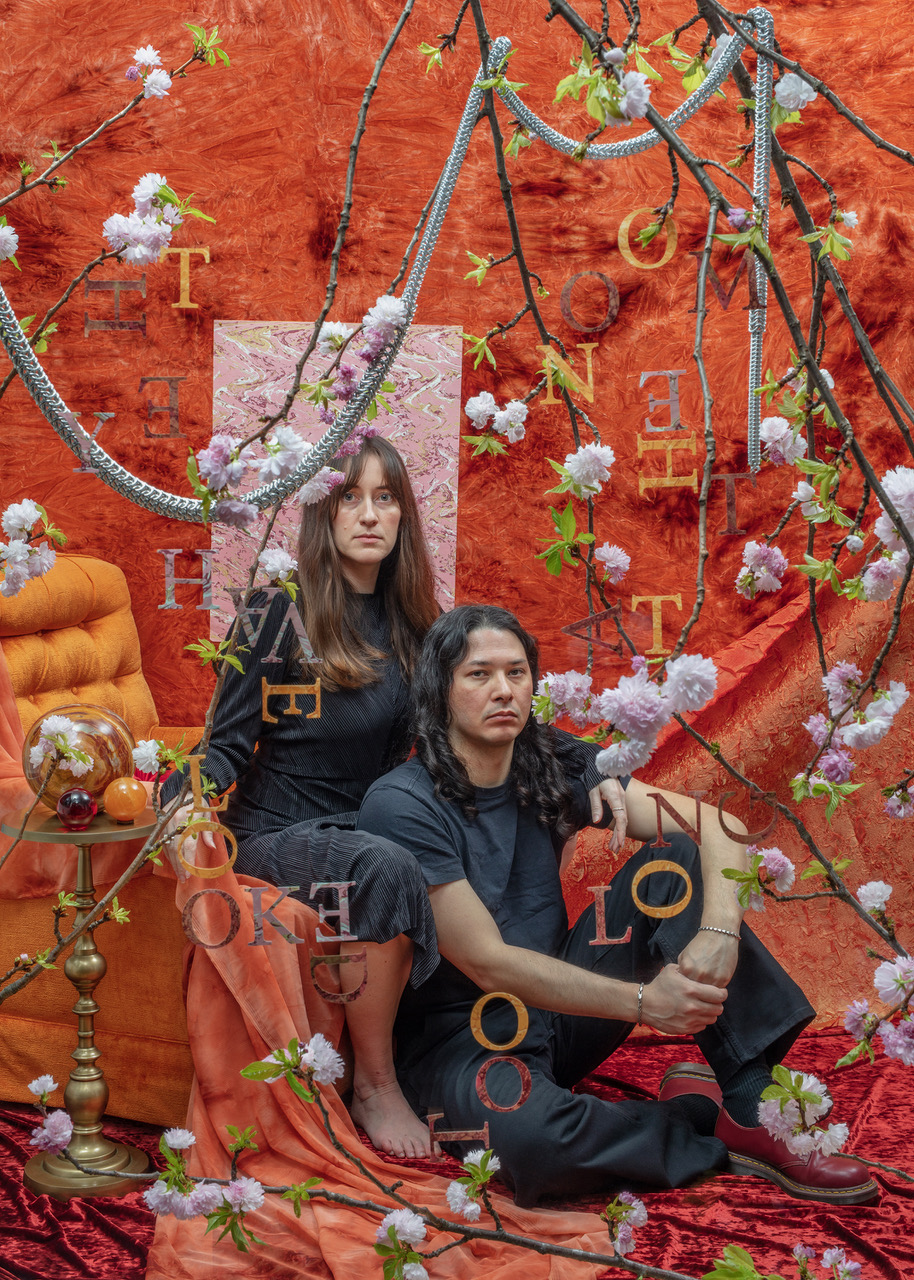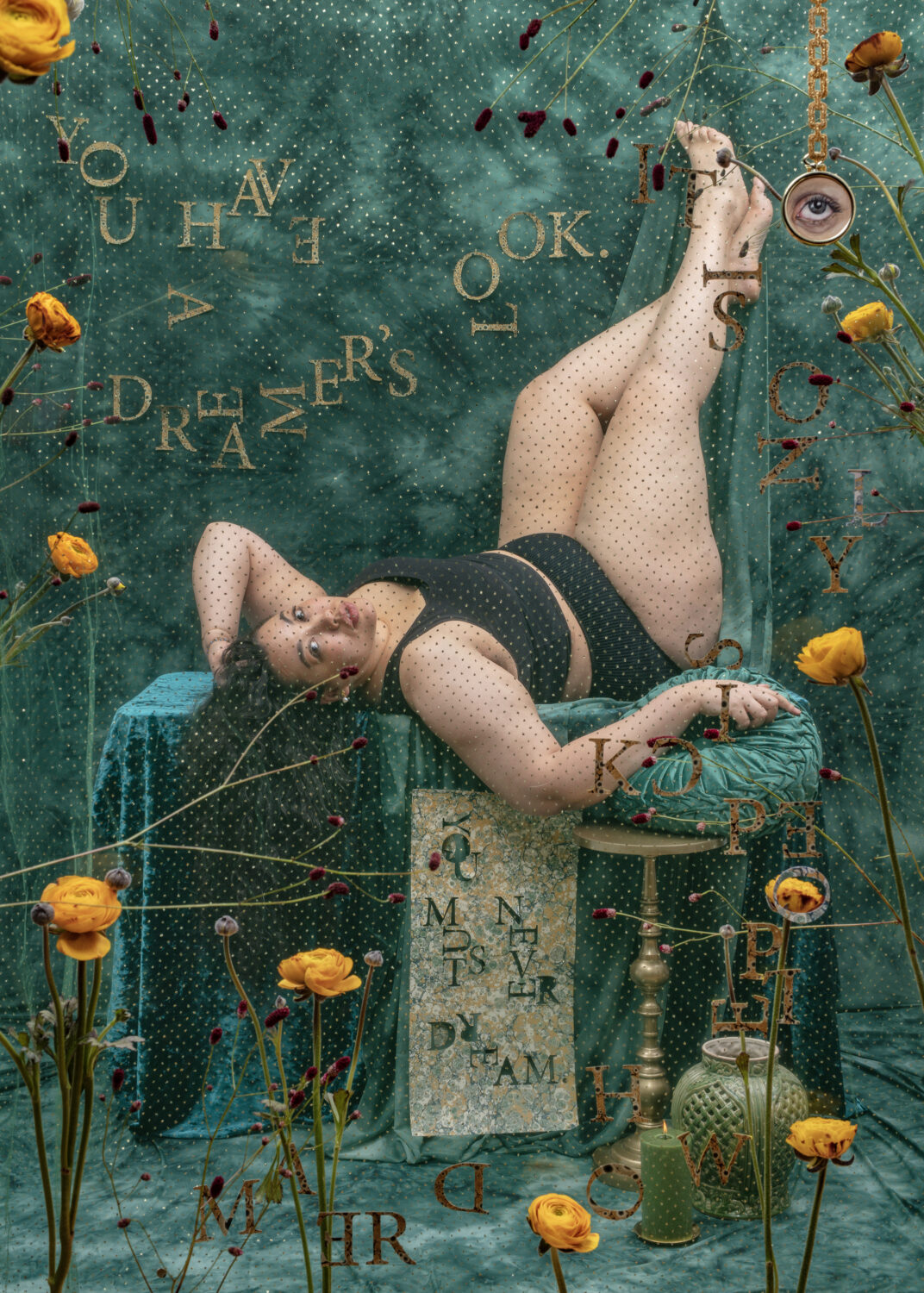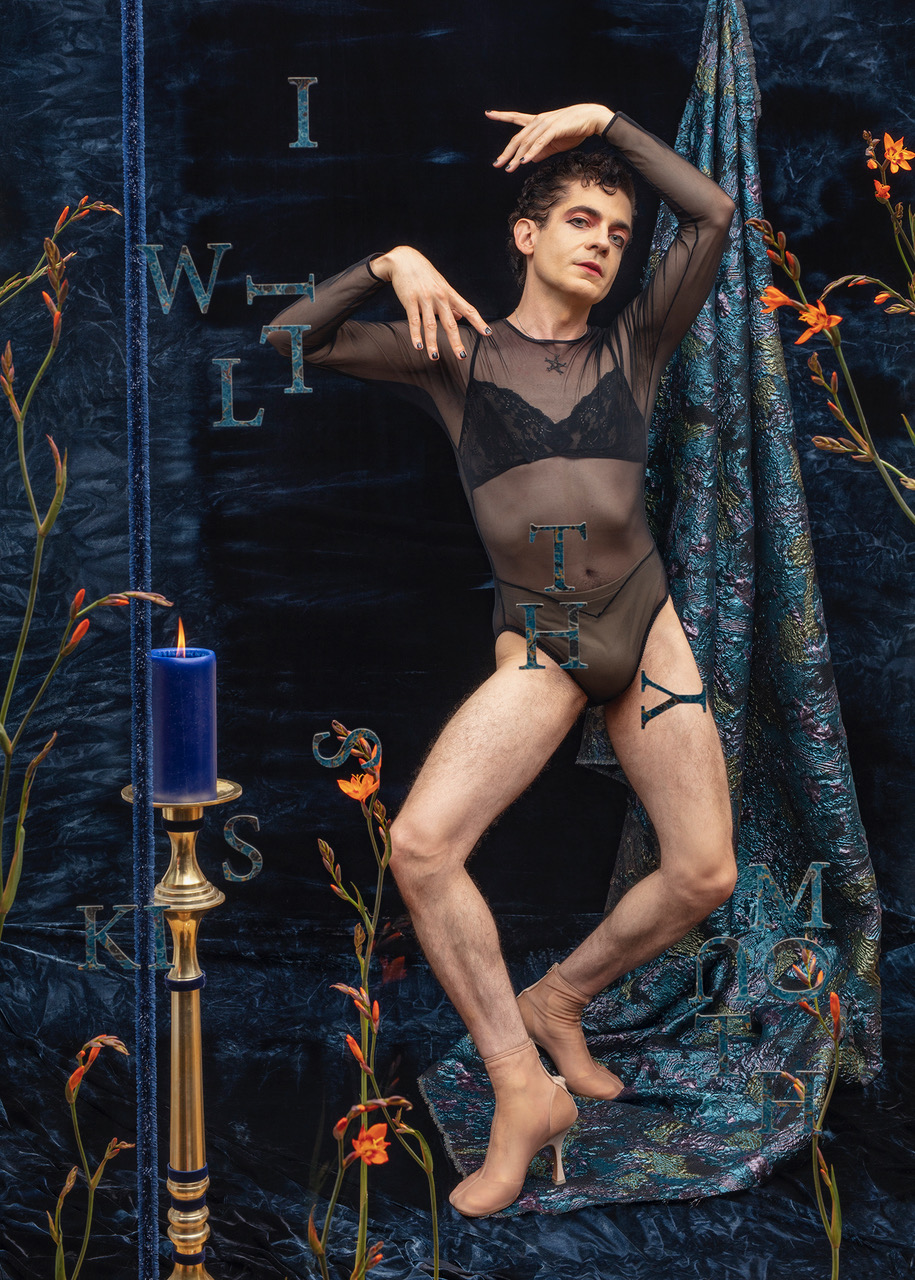Alumni
Baxter St at CCNY has long been a catalyst for innovative creation within the artistic mediums of photography and video practices. Ranging from exhibitions, residency programs, and partnerships, our core mission is to support and activate a vibrant community deeply engaged in the art of lens-based contemporary practices. Take a look at the wide breadth of alumni that are a part of our wonderful and ever-expanding community.
ARTISTS
Rachel Stern
Baxter St. Residency (2023)
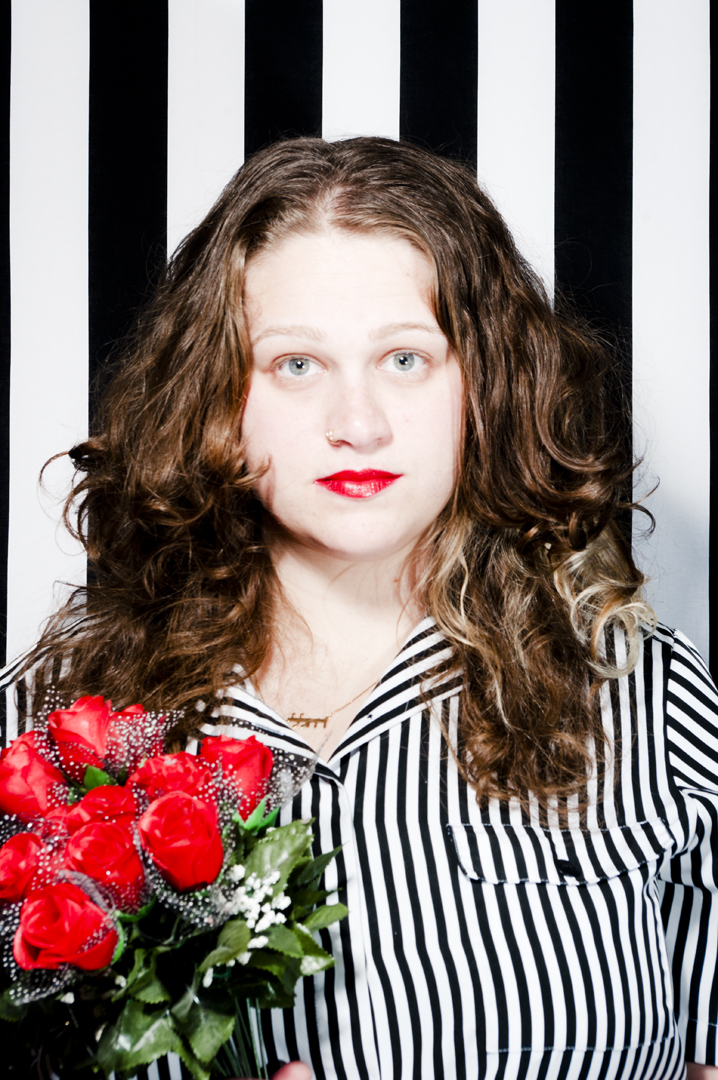
ARTISTS
Rachel Stern
Baxter St. Residency (2023)
One Should Not Look at Anything
Rachel Stern (b. 1989, NYC) is a photographer whose work considers the intersection of beauty and power. Stern turns to the tableaux and the proscenium in order to create a strong dialogue between the histories and uses of kitsch and leftist aesthetics. Using materials culled from strip malls and thrift stores she creates images which ask art and visual culture to enter into a discourse of accessibility and, in the spirit of ‘bread and roses’, demand immediate access to beauty. Her work images a world that might be, built out of the world that is. It is a kitsch paradise, a queer-washed history, and an attempt at hope. She received her BFA in Photography and the History of Art and Visual Culture in 2011 from the Rhode Island School of Design, attended Skowhegan in 2014, and graduated from Columbia University in 2016 with an MFA in Visual Arts. Her work has been featured in BOMB, The Boston Globe, The New York Times, ArtFCity, Hyperallergic, and Matte Magazine.
Rachel Stern’s practice is one of translation between artistic modes of expression. She is concerned with the intersection of beauty and power and turns to the tableaux and the theater’s proscenium in order to create a dialogue between the histories of literature, drama, and photography. Stern incorporates kitsch and leftist aesthetics while drawing on Wilde’s narrative examination of the destructive potential of unrequited desire.
As Soboleva writes in a text that will accompany the exhibition: “As a self-identified fat person moving through a fatphobic world, Stern has often felt excluded from the experience of desirability. Continuing her studio practice of creating elaborate sets to stage her photographs, the artist spelled out Salome’s line in letters cut from hand marbled paper, and attached the letters to a sheet of plexiglass placed between the camera and her lavish set. She then posed behind this veil of language, becoming both the desiring subject and the object of desire, both the looker and the one being looked at. Stern’s photographs offer a translation of Wilde’s play into visual language, meditating on the field of vision as both one of desire and of danger.”

